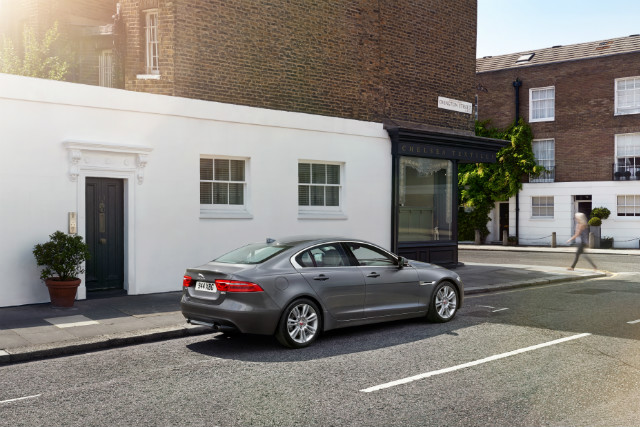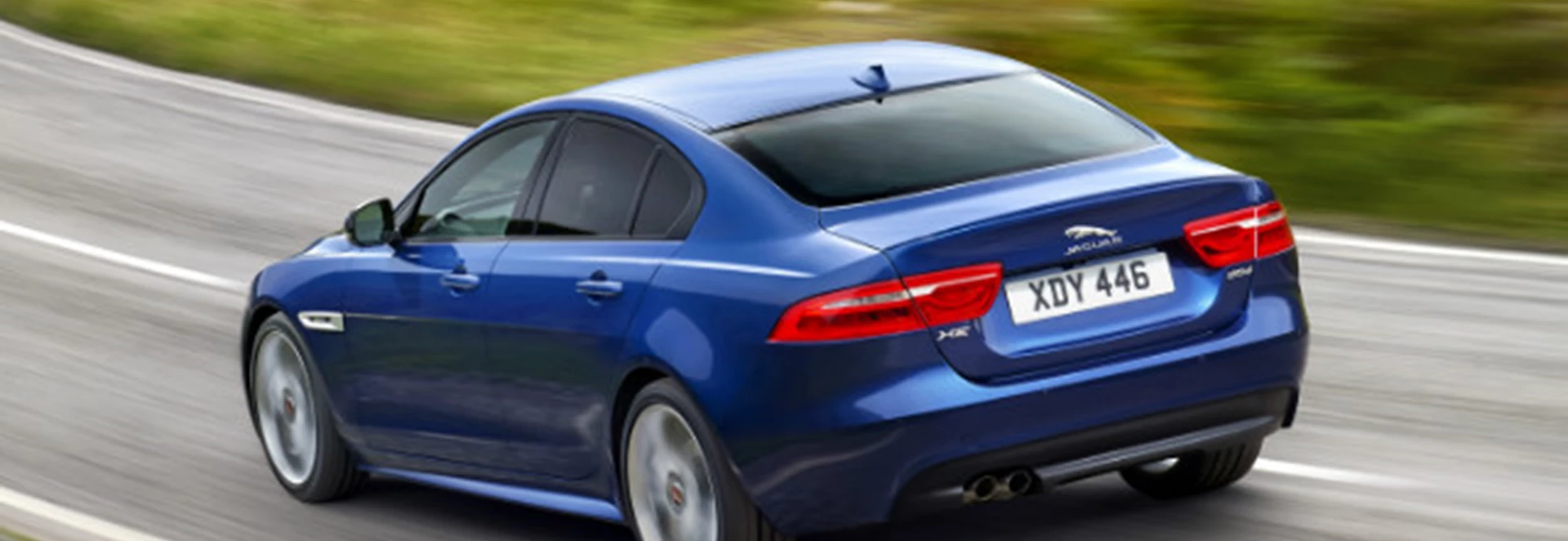One of the less commented-on features of the new Jaguar XE is that it's available with a choice of no fewer than three suspension options. One is active, the other two passive, and of the latter you can have either a comfort-oriented set-up or a sportier one, as fitted to the R-Sport models. I have driven all three on the same day, and for me there is no argument: the passive sport is easily the pick of the bunch.
Although there's a general assumption that the XE is a sporty saloon, that isn't always the case. They're all pleasant enough in their own ways, but some can feel a little laborious to drive in certain conditions.
R-Sports are not like that. Whatever Jaguar's chassis people have done, it has worked perfectly. These are the nimble XEs, the ones that come closest to doing exactly what you tell them to do exactly when you tell them to do it. Even the steering, which isn't quite as sharp as an enthusiastic driver might wish in some of the other models, feels better in the R-Sports. If you want an XE that acts in a similar way to a well-adjusted BMW 3 Series, buy one of these.
Taller drivers may find themselves wishing for more headroom in most XEs even when they put the seat as far down as it will go. The R-Sport, however, has different seats with smaller squabs, and as well as being more supportive than the standard ones they also therefore allow the driver to sit lower down. Even if you're a good few inches over six feet tall, you're unlikely to have a headroom problem.

R-Sports are available with all the four-cylinder engines (two petrol and two diesel) offered in the XE range, though not the supercharged 3.0-litre V6 fitted only to the S model. The test car had the less powerful petrol unit, which produces 197bhp rather than the 237bhp offered from a Portfolio model also test driven.
In a straight line, the Portfolio was unquestionably quicker, with a 0-62mph time of 6.9 seconds rather than the 7.7 of the 197bhp R-Sport. The R-Sport, however, felt like it would get from A to B far sooner on almost any piece of road other than a drag strip. It seemed positively eager to tackle corners rather than, as the Portfolio did, merely tolerating them.
The 197bhp R-Sport is one of the few XEs you can buy for under £30,000, having a list price of £29,740. The test car was festooned with optional extras and would therefore set you back an alarming £41,530.
A large part of the difference was accounted for by the 19-inch black twin-five-spoke Venom wheels, a replacement for the standard 18-inch wheels. They look good, and they don't seem to harm the ride quality too much, but they cost £2,000, and for that reason alone I think I'd avoid them.




